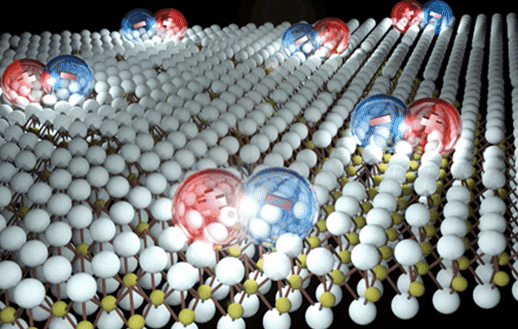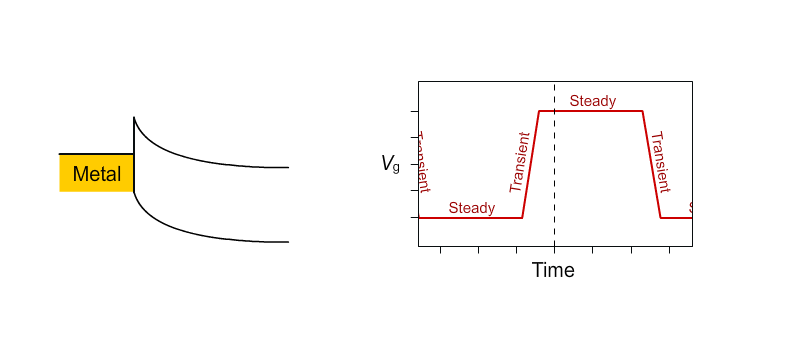top of page
DHLab


Materials Performance: Brightening Materials
The PL QY of 2D monolayer semiconductors reaches near-unity when they are made intrinsic through chemical treatment or electrostatic doping. Neutral exciton recombination is entirely radiative even in the presence of a high native defect density. This finding enables monolayers optoelectronic applications as the stringent requirement of low defect density is eased. Read more
Relevant publications:
1) Science, 364, 468–471, 2019.
2) Science, 350, 1065, 2015.
3) ACS Nano, 11, 5179-5185, 2017.
4) Nano Letters, 15, 1356, 2015.
5) Science Advances, 5, eaau4728, 2019.
6) Nature Communications, 8, 608, 2017.
7) Nano Letters, 17, 5356–5360, 2017.
8) ACS Nano, 10, 6535–6541, 2016.
9) Nano Letters, 16, 2786–2791, 2016

Exciton Physics: Photophysics of Excitons
Multiparticle Coulomb interactions are pronounced in monolayer semiconductors, leading to a multitude of recombination pathways, each associated with the different quasiparticles produced by these interactions. A simple kinetic model that involves excitons, trions, biexcitons, and free carriers is introduced to explain the recombination process. Read more
Relevant publications:
1) Science, 364, 468–471, 2019.
2) Science, 350, 1065, 2015.

Device Innovation: Trensient-Electroluminescence Devices

To deal with the injection inefficiency caused by Schottky contacts, I developed an AC carrier injection architecture, a device concept that is capable of efficiently injecting carriers in various excitonic systems, including monolayer semiconductors, with demonstrations of bright light-emitting devices from infrared to ultraviolet regimes. Read more
Relevant publications:
1) Nature Communications, 9, 1129, 2018.
2) Nature Electronics (revision).
bottom of page